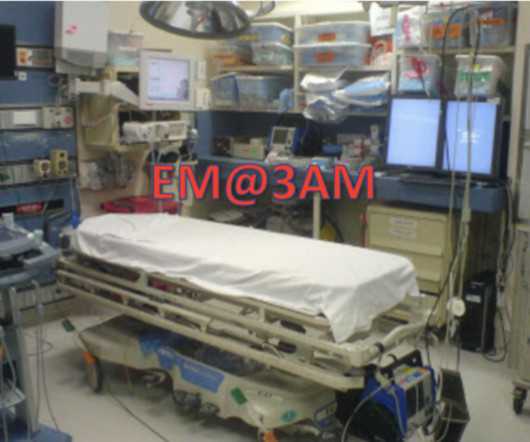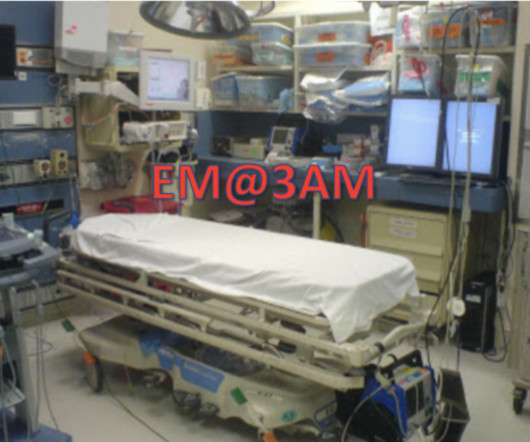EM@3AM: Leukopenia
EMDocs
JANUARY 25, 2025
PCP Pneumonia, Sepsis) can be discharged with initiation of Antiretroviral Therapy in consultation with Infectious Disease (ID) physician with full ID evaluation outpatient. General approach to infectious diseases evaluation. A Rational Approach to Clinical Infectious Diseases. Najivash, P.,


















Let's personalize your content